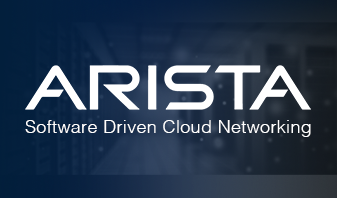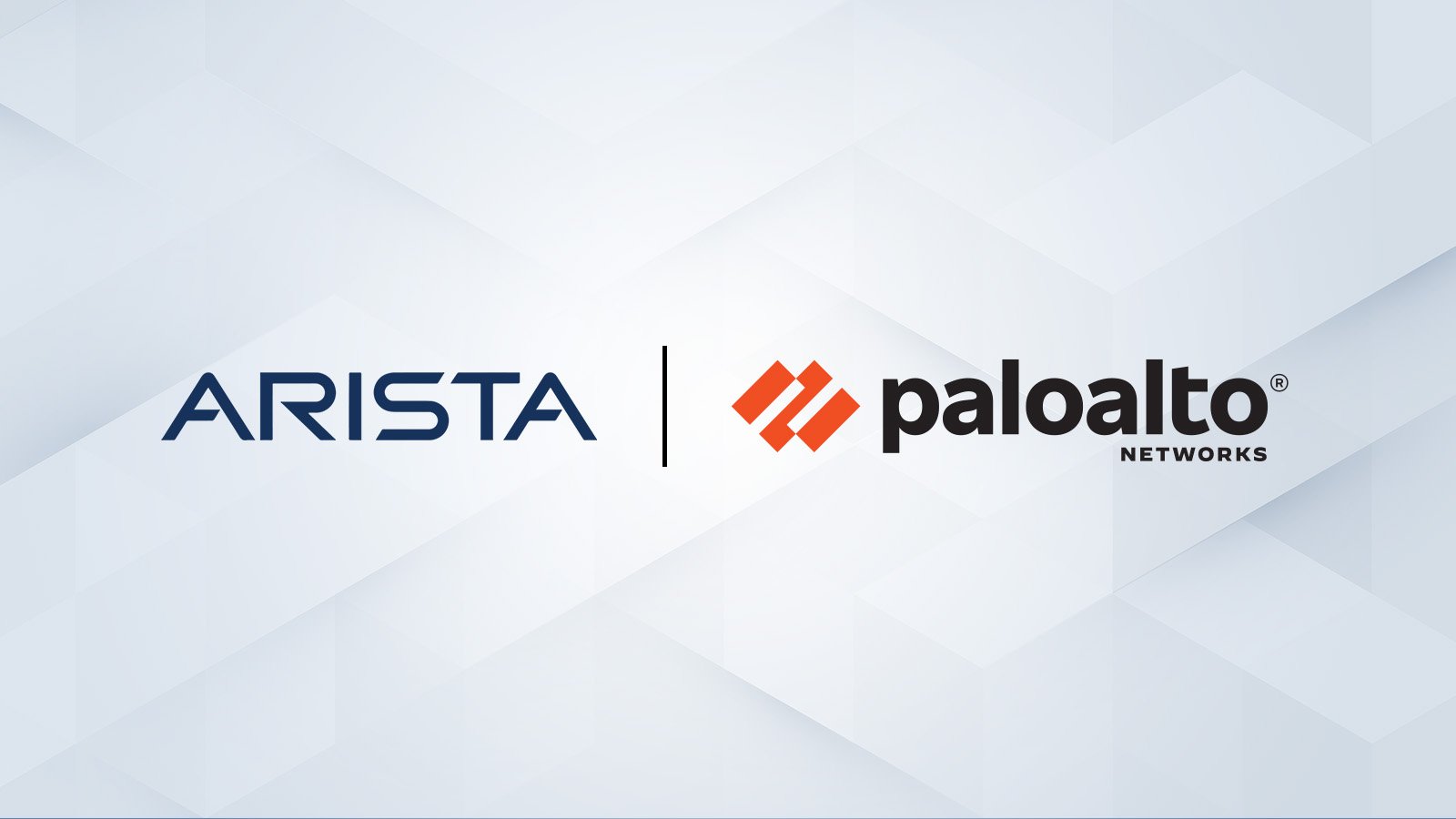Delivering Reliable AI and Cloud Networking
The explosive growth of generative AI and the demands of massive-scale cloud architectures have fundamentally redefined data center networking...

The future of data centers is changing rapidly. Enterprise data centers are no more about basic networking connectivity where networking was driven mostly by client-server applications such as email and web at 1Gigabit Ethernet connectivity with 10% utilization. The data center world is getting better, faster and is demanding a wire speed network approach for scaling new applications that are more server-to-server.
To appreciate this lets take a look at a typical legacy network designed using three layers since the 1990s- access, aggregation, and core. Each network layer was oversubscribed 4:1 or sometimes even 8:1. As over-subscription is multiplicative, the overall network congestion was often 50:1 or even 100:1 oversubscribed. Each layer in the network also added 40 to 50us latency and transit delays. This was acceptable in legacy designs with static email class applications and a small number of server racks where traffic patterns were mostly north south for client server communication. This is proving to be the bottleneck for new applications.
At Arista, we are witnessing a shift from multi-tier enterprises with north south traffic patterns using tens/hundreds of servers, to two-tier cloud networks with east- west traffic patterns scaling across thousands of servers. Cloud platforms such as Facebook, Amazon, Microsoft Azure, Salesforce, Google, Yahoo etc. and many of the backend analytics, demand a new architectural approach for cloud networks with order of magnitude improvements in scale and latency. So do many of the private clouds for financials, high performance computing and storage.
Let's review a few cloud platforms, driving new networks.
Facebook: The backend systems at Facebook can put together the results and serve back a single web page that shows our friends, their latest update, new pictures and more within finite time for optimal user experience. As we log into Facebook, the single login request triggers thousands of look-ups on databases and cache servers. In this case, the client-server communication propagates a lot more server-to-server or server-to-memcache communication. In fact, traffic is mostly east-west, rather than north-south and network over-subscription is simply not tolerated. It would delay look-ups and impact the user experience and interest.
Amazon: Shopping couldn't be easier than online on your favorite site. Have you noticed that as you're clicking on items, one can see not only the reviews and customer ratings but also analytics on customer buying behaviors? Have you ever wondered what network powers this marketplace? A real time cloud network improves profitability and once again demands uncompromised user experience.
Microsoft Azure, Google and Yahoo are providing the largest cloud platforms in the world for everyone to use. In most cases, these cloud platforms are even more cost effective than what companies can build in house. In addition, the same underlying infrastructure provided by these cloud providers can support all applications. In order to scale across industries and across different application scenarios, the network design needs to be uniform. This way, a single network design works across a range of applications. While this is the need for large public clouds, it holds true even for private clouds in an enterprise as well.
Hadoop Analytics: With the explosion of available data on any business metric, analyzing unstructured data has become important. Apache Hadoop and similar map-reduce applications make such data analysis possible. Such applications require any-to-any non-blocking connectivity with low latency. It is not practical to limit Hadoop clusters to just a single rack. Cloud Networks scaling multiple racks of servers again with east west traffic with uniform performance is paramount.
Modern cloud networks - private or public, are being built with a simple two-tier design with Arista’s flagship 7500 in the spine and Arista 7100 series at the leaf powered by Arista EOS. Breakthrough metrics such as ten times the performance at 1/10th the power and half the footprint can be achieved, thereby saving cost and gaining scale. Latency is now dramatically reduced by 10X (less than10 microseconds) with uncompromised performance between any to any servers as shown below.
| Characteristics | New Cloud | Legacy DC |
|---|---|---|
| Blocking Architecture | 1:1 | 50:1 |
| Total Latency | 10 microsec | 100 microsec |
| Total Capacity | 10 Tbps | < 1 Tbps |
| 1/10 GbE Scale | >10,000 nodes | < 1000 nodes |
| Resilience | Live Patching ISSU | Box-Level |
| Tiers | Two-tier Active | N tier (3-5 tiers) |
| Power/Wirespeed 10G port | 10W | 100W |
Arista has built an OS ground-up to power modern clouds and data centers. Arista’s Extensible OS, EOS solves an important pain point in today’s network deployments offering consistent high levels of scalability, provisioning and resilience.
The future of IT depends on a balanced trade-off between closed applications of today and the new applications of the 21st century. Just as centralized mainframes moved to distributed client-servers in the 1990s, enterprise networks must now reconcile with new ways of cloud networking with unprecedented scale! As always I welcome your comments at feedback@arista.com
References:
Cloud Networking white papers

The explosive growth of generative AI and the demands of massive-scale cloud architectures have fundamentally redefined data center networking...
/Images%20(Marketing%20Only)/Blog/VESPA-Launch-Blog.jpg)
The modern enterprise is navigating a profound transformation. The shift to the 'all wireless office' and 'coffee shop type networking', fueled by...

Data centers have evolved into highly distributed, hybrid ecosystems that span private clouds, public clouds, and colocation facilities. This...